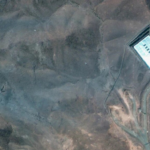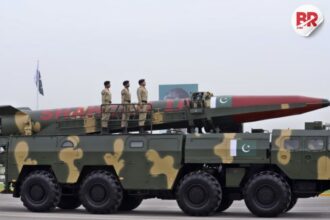
What began as a musical dream turned into a war-zone nightmare for two Kolkata musicians. Sarod player Arnab Bhattacharya and tabla artist Nilimesh Chakraborty had flown to Israel to perform at a series of concerts between June 9 and 12. But just as the music ended, the missiles began.
On the night of June 13, while relaxing on a terrace in Tel Aviv, the duo spotted what looked like a stunning meteor shower. But their host quickly shattered the illusion. “Those are drones,” he said. Hundreds of Iranian drones lit up the sky — and the war had begun.

This was the start of a nine-day ordeal that involved daily bunker runs, deafening missile blasts, and a close brush with death.
Missile Hits Hospital Just 1.5 km Away
One of the scariest moments came just after the “all-clear” siren. An Iranian missile broke through Israel’s air defense and hit a hospital near them.
“The earth shook. The sound was unreal. We were just 1.5 km away,” Arnab recalled.
From that night on, the musicians were in and out of a bunker, often multiple times a day — at 2 am, 4 am, 6 am, and again late at night.
“The bunker would shake when a missile landed,” Arnab added. “It was terrifying. But after a few days, we stopped reacting. That’s how war messes with you.”
Also Read Explained: Who Really Won the Israel-Iran War as All 3 Players Claim Victory?
The Great Escape: Road to Jordan
Getting out was just as risky.
The musicians took a road trip to Jordan, helped by the Indian Embassy, which was on constant alert. After crossing the border, they flew out from Amman to Abu Dhabi, then Mumbai, and finally reached Kolkata on June 23.
Later, they were told that a missile hit the same road they took — just 90 minutes after they had passed.
“It still gives me chills,” Arnab said. “That could’ve been us.”
The Indian embassy had considered an emergency evacuation, but things fell into place just in time. The duo is now home — alive, safe, and deeply changed by the experience.
The Israel-Iran conflict may feel distant to many Indians, but for these two artists, it became brutally real. Their story is a reminder that art doesn’t stop war — but sometimes, it survives it.
Also Read Missing: 400kg of Iran’s Uranium, Enough to Build 10 Nukes, Says US












